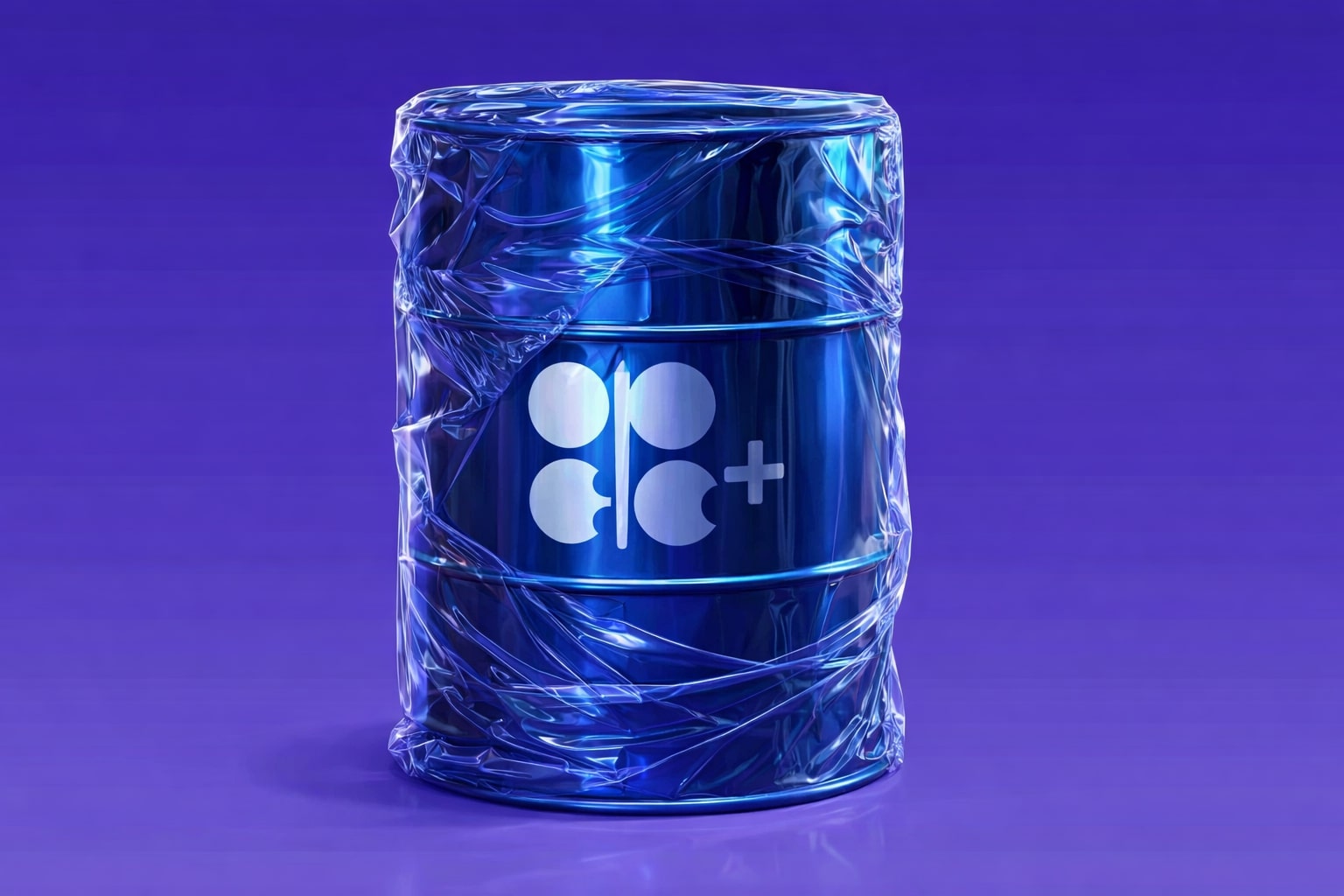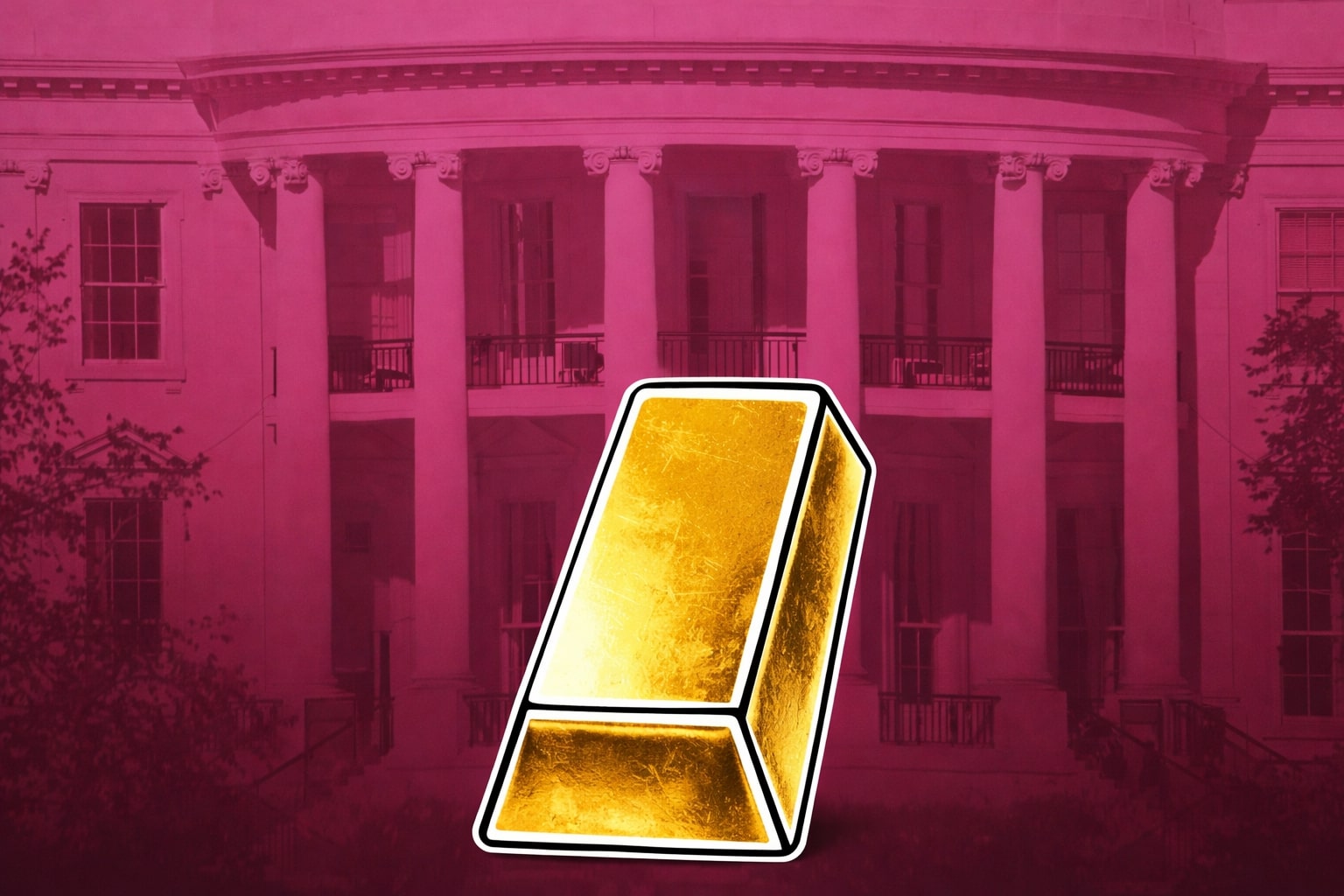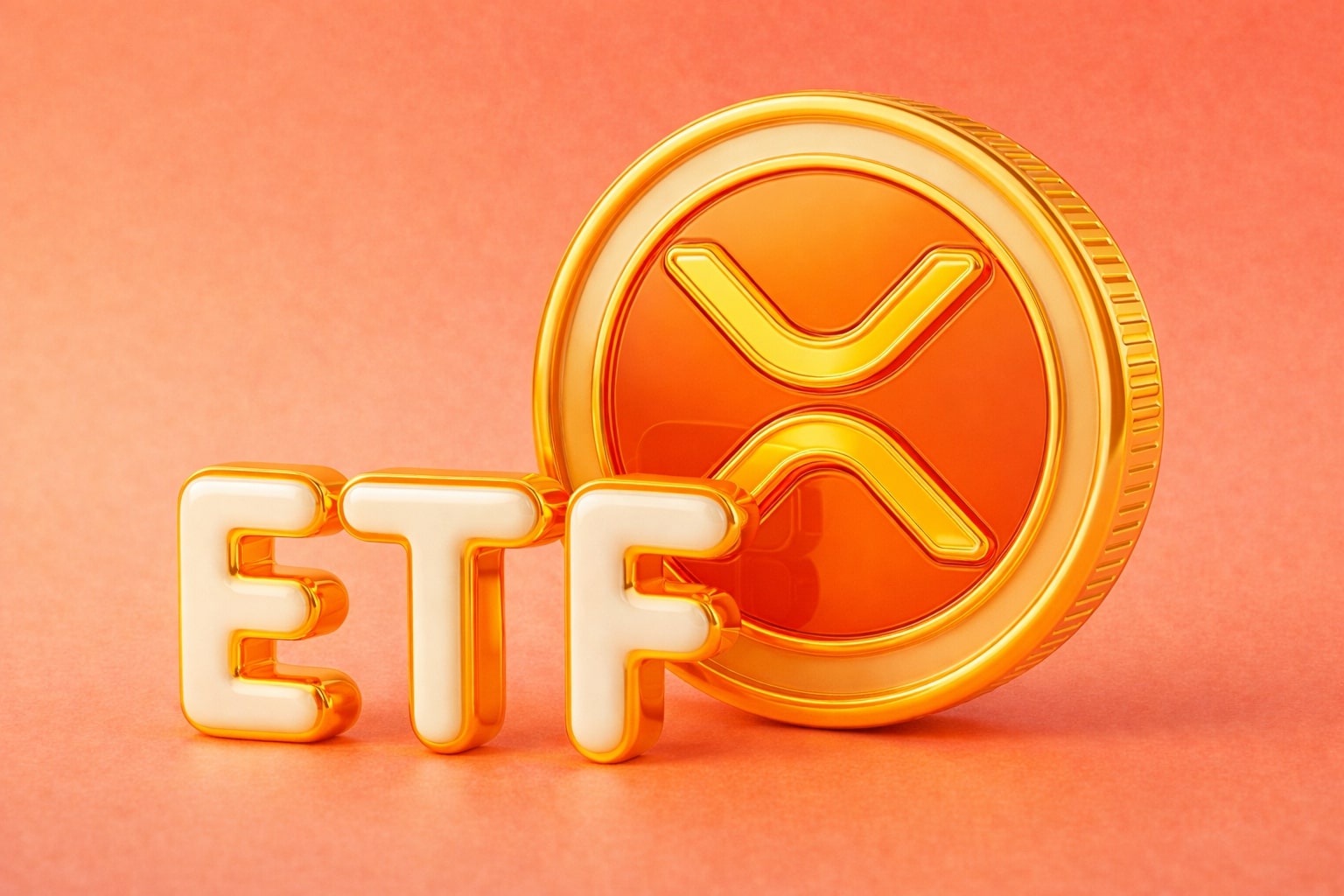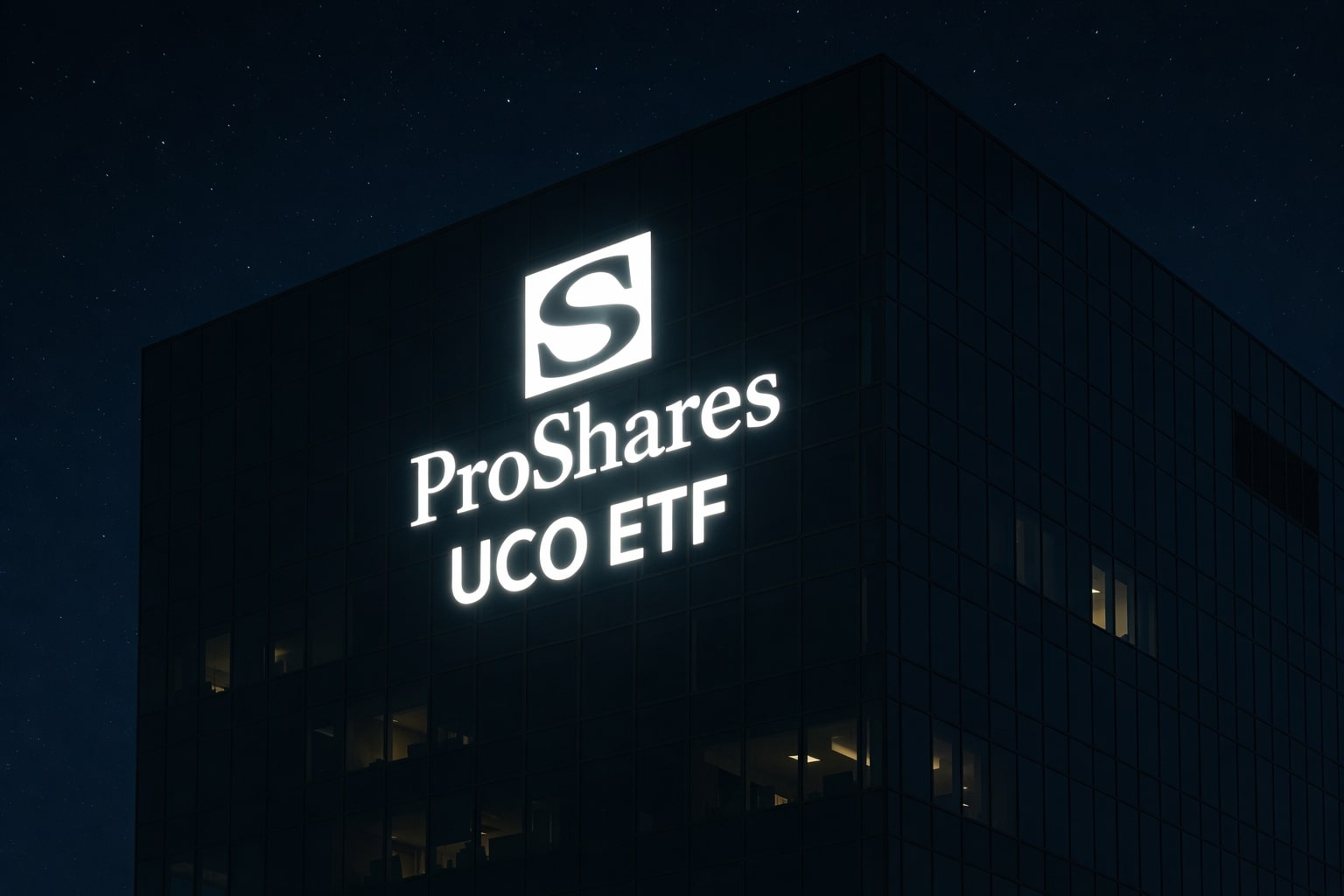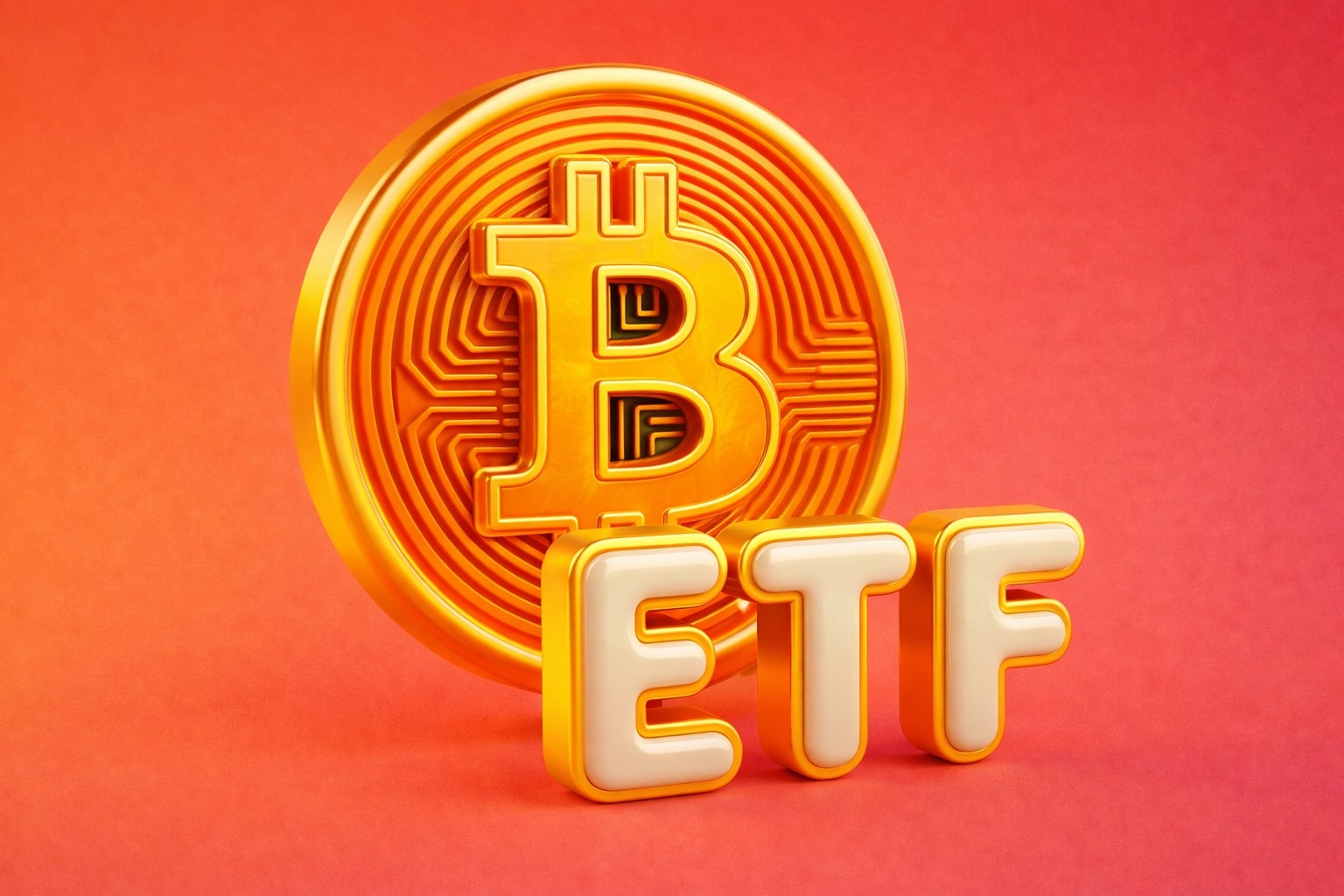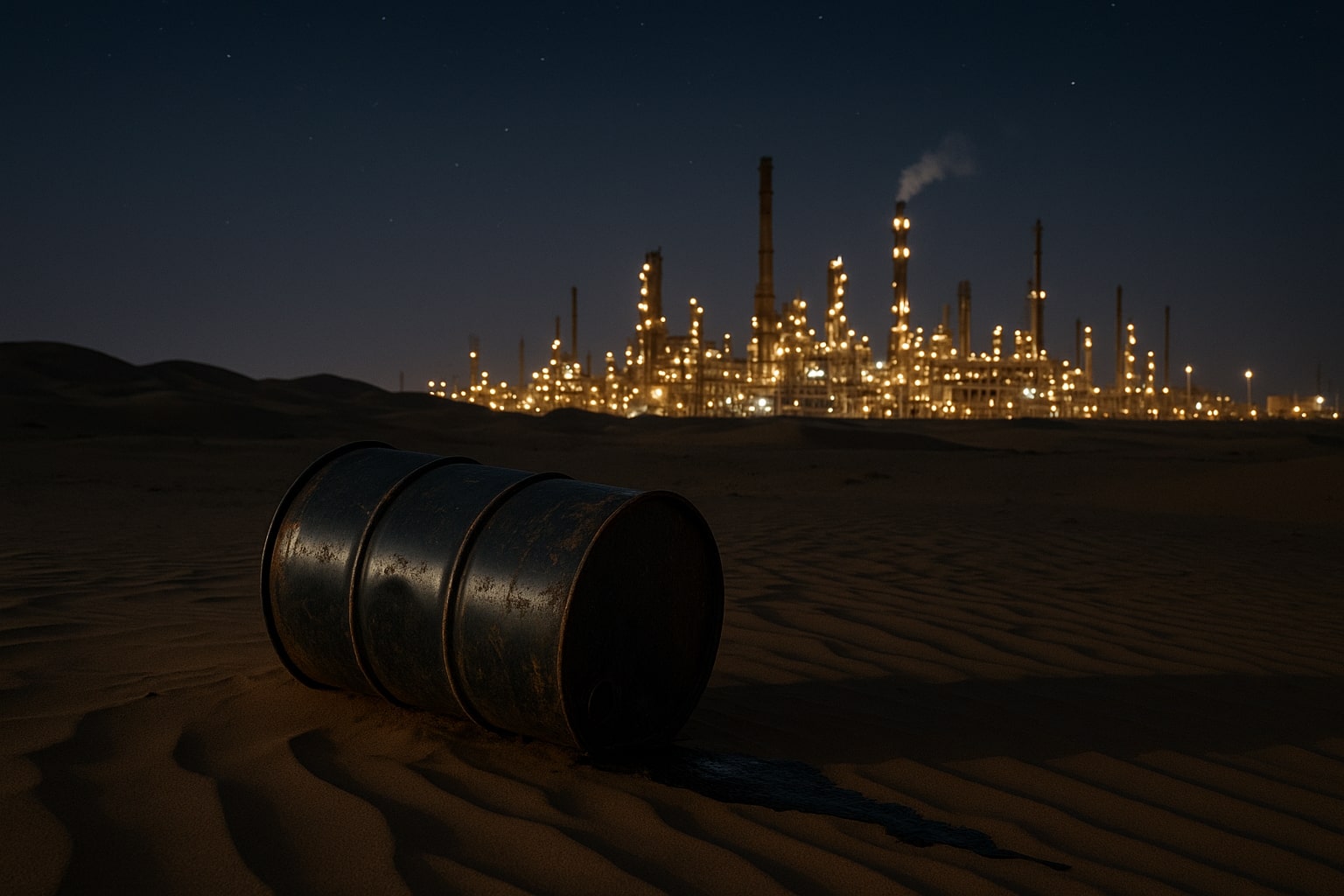
Oil Price Outlook: WTI and Brent Face Supply Surge and Sanctions Shock as Saudi Tightens Pricing
CL=F and BZ=F rebound toward $70 as OPEC+ lifts output and Saudi Aramco boosts August OSPs. U.S. sanctions on Iran’s tanker network spark geopolitical risk premium across global stock markets | That's TradingNEWS
Saudi Aramco Raises August OSPs as Arab Light Hits $2.20 Premium to Oman/Dubai
Saudi Arabia has tightened its pricing grip by raising its August official selling price for Arab Light crude to $2.20 above the Oman/Dubai average, a full $1 increase from July, reclaiming levels last seen in April when it reached $3.50 over benchmark. The move was not isolated. Aramco also lifted the Arab Extra Light differential by $1.30 and Arab Heavy by $0.90, signaling a broader strategy to maintain price floors even as physical supply rises. Exports to Europe and the U.S. were repriced higher as well — with Northwest Europe now paying $4.65 over ICE Brent and U.S. buyers charged $3.90 above ASCI. Despite global fears of oversupply, Saudi Arabia is clearly prioritizing premium pricing to protect margins and exert leadership in the Asian market, where over 9 million barrels per day of crude track Aramco's pricing.
OPEC+ Adds 548,000 bpd to August Quota as Cumulative Supply Recovery Nears 2 Million bpd
OPEC+ has confirmed its most aggressive quota increase in months, authorizing a 548,000 barrel-per-day hike for August, exceeding analyst forecasts of a 411,000 bpd rise. Since April, total cumulative additions now exceed 1.9 million bpd, with the group rolling back nearly 65% of the 2.2 million bpd voluntary cuts initiated in 2023. The bloc, which includes Saudi Arabia, Iraq, UAE, and Russia, has returned to a more assertive posture, aiming to reclaim market share amid a fragile global recovery. The announcement follows four consecutive monthly increases and pushes total OPEC+ supply back to pre-cut levels — a signal that the alliance is prioritizing strategic export positioning over price support.
WTI and Brent (CL=F, BZ=F) Swing on Conflict, Then Stabilize as Traders Digest Dual Shocks
Oil prices whipsawed through the second half of June and early July. Brent crude surged to nearly $80 per barrel during the 12-day military confrontation between Israel and Iran, only to collapse back below $60 once a ceasefire was brokered. By July 6, Brent (BZ=F) had recovered to $68.30, while WTI (CL=F) stabilized just below $65. Despite OPEC+ production growth, tight near-term pricing is being supported by regional conflict risks and Aramco’s price signals, while the futures curve has flipped into contango, indicating broader oversupply concerns for Q4.
Iranian Sanctions Expand as U.S. Targets Tanker Network Disguising Oil Origin Via Iraq and UAE
The U.S. Treasury has reignited maximum-pressure sanctions on Iran, blacklisting more than 30 tankers, ports, and companies tied to disguised oil flows. OFAC revealed that Iranian oil has been falsely relabeled as Iraqi and Emirati crude and sold via ship-to-ship transfers near Iraq’s Khor Al Zubair Port, involving the VS Oil Terminal and at least 12 tankers, including the Marshall Islands-flagged Dijilah VLCC. The network also spans entities in the UAE, India, Singapore, and Pakistan. While Washington formally cites Executive Orders 13902 and 13224, the real goal appears to be disrupting Iran’s oil revenue ahead of any nuclear negotiation resets. Despite these actions, Iran’s export flows to Asia have not collapsed, reflecting the limitations of enforcement absent secondary sanctions.
Kurdistan–Baghdad Oil Disputes and Drone Attacks Escalate Internal Iraqi Supply Risk
Iraq’s internal oil politics remain tense. Disputes between Baghdad and the Kurdistan Regional Government (KRG) over contractual terms and revenue-sharing have escalated. Drone strikes have hit multiple Kurdish-controlled infrastructure points in Duhok, Erbil, Garminyan, and Kirkuk since June. These incidents followed U.S. and Israeli strikes against Iranian targets and are widely viewed as retaliatory. Kurdish officials have confirmed the drone campaign has intensified since early June, potentially threatening both exports and investor interest in northern oil fields. U.S. sanctions indirectly targeting KRG-linked operators could further chill Western energy investment across Iraq, including in natural gas and port infrastructure.
Strategic Discrepancy: OPEC+ Floods Supply While Saudi OSPs Climb — a Pricing Paradox
There is a clear divergence between supply policy and pricing execution. OPEC+ is increasing output, yet Saudi Arabia is raising OSPs, especially in Asia. This reflects a two-pronged strategy: flood the market with crude to retain share while maintaining premium pricing for flagship grades like Arab Light and Extra Light. The tactic helps Aramco preserve refining margins and deters Asian refiners from switching to alternative barrels. It also discourages producers like Iran and Iraq from undercutting Saudi prices, preserving upstream value even during volume recovery. However, this approach risks backfiring if inventory builds accelerate, especially as Brent futures widen their contango structure — where front-month prices trade below later months, signaling oversupply.
Forecasts Cut as Brent Outlook Slips Toward $60 With Inventories Rising and Demand Lagging
Global banks are slashing oil forecasts. Barclays and ING now project Brent averaging $65–66 per barrel in 2H 2025, down from earlier estimates above $70. The International Energy Agency warns of a massive surplus in the second half, driven by tepid Chinese demand and rising production in the U.S., Brazil, and Guyana. Inventories are swelling by 1 million barrels per day globally, reinforcing bearish pressure. JPMorgan and Goldman Sachs both expect Brent to revisit $60 or lower, especially if OPEC+ continues its current pace of output restoration without clear demand rebound in Asia or Europe.
That's TradingNEWS
Read More
-
UCO ETF Price Forecast: Can NYSEARCA:UCO at $18.57 Ride a 2026 Oil Squeeze?
18.12.2025 · TradingNEWS ArchiveStocks
-
XRPI at $10.50 and XRPR at $14.93 Hit XRP ETF Lows While XRP-USD Holds $1.84 After 30 Days of Inflows
18.12.2025 · TradingNEWS ArchiveCrypto
-
Natural Gas Price Forecast: Henry Hub Holds Around $4 as EIA Draw Hits 167 Bcf
18.12.2025 · TradingNEWS ArchiveCommodities
-
USD/JPY Price Forecast: Pair Holds Above 155 As BoJ And US CPI Set Up A Major Break
18.12.2025 · TradingNEWS ArchiveForex















